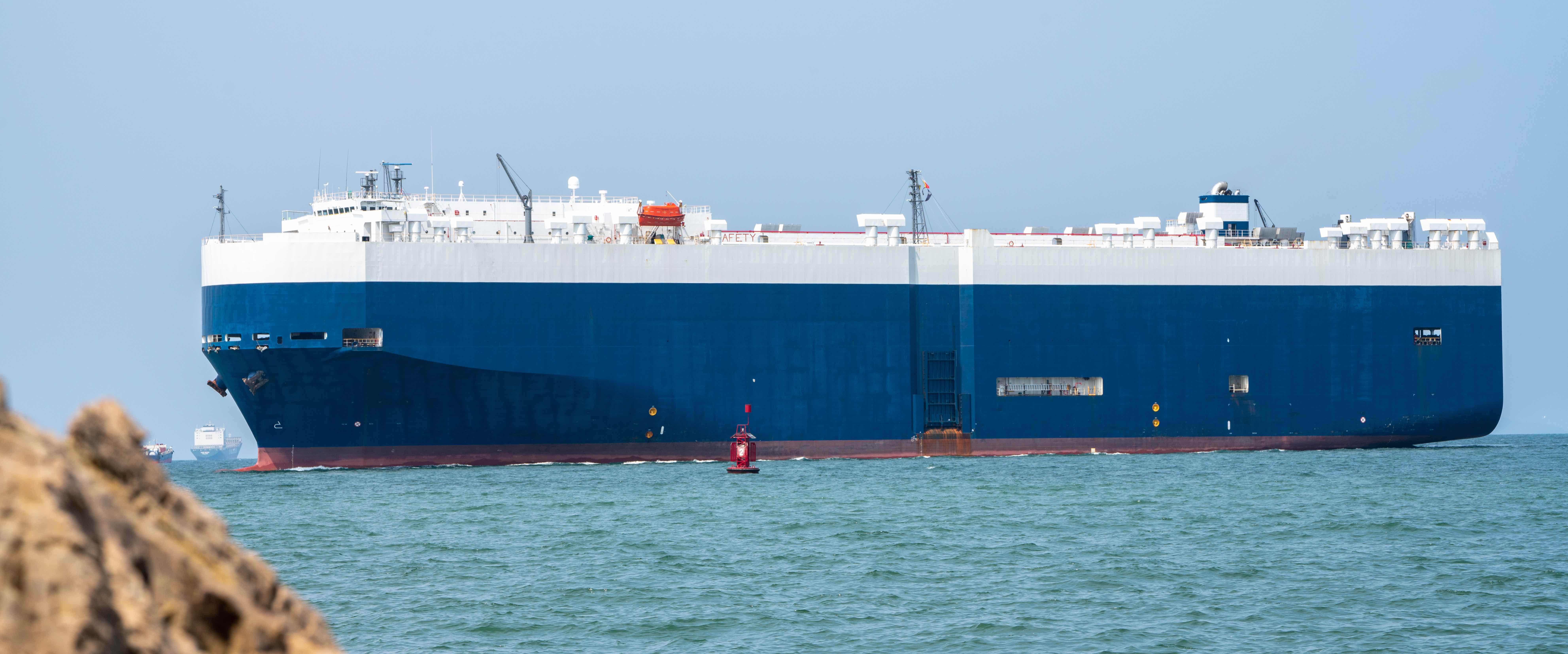Shipping In Southeast Asia: Strategic Importance And Positioning Of Indonesia And Singapore

Southeast Asia's bustling shipping routes are vital to global trade, with Indonesia and Singapore playing pivotal roles in this dynamic region.
The Crucial Role of Southeast Asia in Global Shipping
Southeast Asia is a pivotal region in the global shipping industry, acting as a critical conduit for international trade. The region's strategic location, bridging major economies such as China, India, and Australia, makes it an indispensable hub for maritime activity.
The Malacca Strait, one of the most significant shipping lanes in the world, sees over 80,000 vessels annually, carrying a substantial percentage of the world's trade. This volume underscores the region's importance in maintaining the smooth flow of goods across the globe.
Singapore: The Gateway to Asia
Singapore has long been recognized as a global maritime hub, known for its state-of-the-art port facilities and world-class logistics infrastructure. The Port of Singapore is one of the busiest in the world, serving as a transshipment hub that connects over 600 ports in 123 countries.
Its strategic location at the crossroads of major shipping routes and its business-friendly policies have cemented Singapore's position as a key player in global trade. Additionally, Singapore's advanced technology and efficient customs procedures ensure quick and reliable handling of cargo, making it a preferred choice for shipping companies.
Indonesia: A Maritime Powerhouse
Indonesia, with its vast archipelago comprising over 17,000 islands, has immense maritime potential. The country is strategically positioned along critical shipping routes, including the Malacca Strait, the Lombok Strait, and the Makassar Strait.
The Indonesian government has been investing heavily in upgrading its port infrastructure to enhance its capacity and efficiency. Major ports like Tanjung Priok in Jakarta and Tanjung Perak in Surabaya are being modernized to handle increased cargo volumes, positioning Indonesia as a rising maritime powerhouse in Southeast Asia.
Strategic Shipping Routes and Economic Impact
The shipping routes in Southeast Asia are not only strategic but also economically significant. The Malacca Strait, for example, is a critical chokepoint through which a significant portion of the world's oil supply is transported.
The economic impact of these routes is profound, as they facilitate international trade and contribute to the economic growth of the region. Efficient and secure shipping lanes are essential for maintaining the flow of goods, which in turn supports industries, creates jobs, and fosters economic development.
Cross Trade Shipping in Southeast Asia
Cross trade shipping, where goods are transported between two foreign countries without entering the shipper's country, is increasingly prevalent in Southeast Asia. This practice is driven by the region's strategic location and robust logistics network. For a deeper understanding of this concept, you can explore our article on Understanding Cross Trade Shipping in Maritime Logistics.
Countries like Singapore and Malaysia serve as transshipment hubs, enabling seamless cross trade shipping. This not only reduces transit times but also lowers shipping costs, making it an attractive option for businesses looking to optimize their supply chains.
The Biggest Industries in Southeast Asia
Several industries in Southeast Asia are heavily reliant on shipping, including manufacturing, electronics, automotive, and agriculture. These industries depend on efficient maritime transport to move raw materials and finished goods to and from global markets.
The electronics industry, in particular, benefits from the region's advanced logistics capabilities, enabling quick and reliable shipment of components and devices. Additionally, the automotive sector relies on the region's ports for the import and export of vehicles and parts.
Port Infrastructure in Southeast Asia Countries
Southeast Asia boasts some of the world's most advanced port infrastructure. Countries like Singapore, Malaysia, and Thailand have invested heavily in developing their ports to handle large volumes of cargo efficiently.
Modernization projects, such as the expansion of the Port of Tanjung Priok in Indonesia and the development of the Kuala Tanjung Port, are enhancing the region's capacity to accommodate larger vessels and increased trade volumes. These improvements are crucial for maintaining the region's competitiveness in global shipping.
Future Trends and Challenges in Southeast Asian Shipping
The future of shipping in Southeast Asia will be shaped by several trends, including digitalization, automation, and sustainability. Ports are increasingly adopting advanced technologies to streamline operations and improve efficiency.
However, the region also faces challenges such as geopolitical tensions, environmental concerns, and the need for continued infrastructure investment. Addressing these challenges will be essential for sustaining growth and ensuring the region remains a vital hub for global trade.
Are you looking for a reliable shipping partner for cross trade shipping in Southeast Asia?
Global Liner Agencies is ready to assist.




